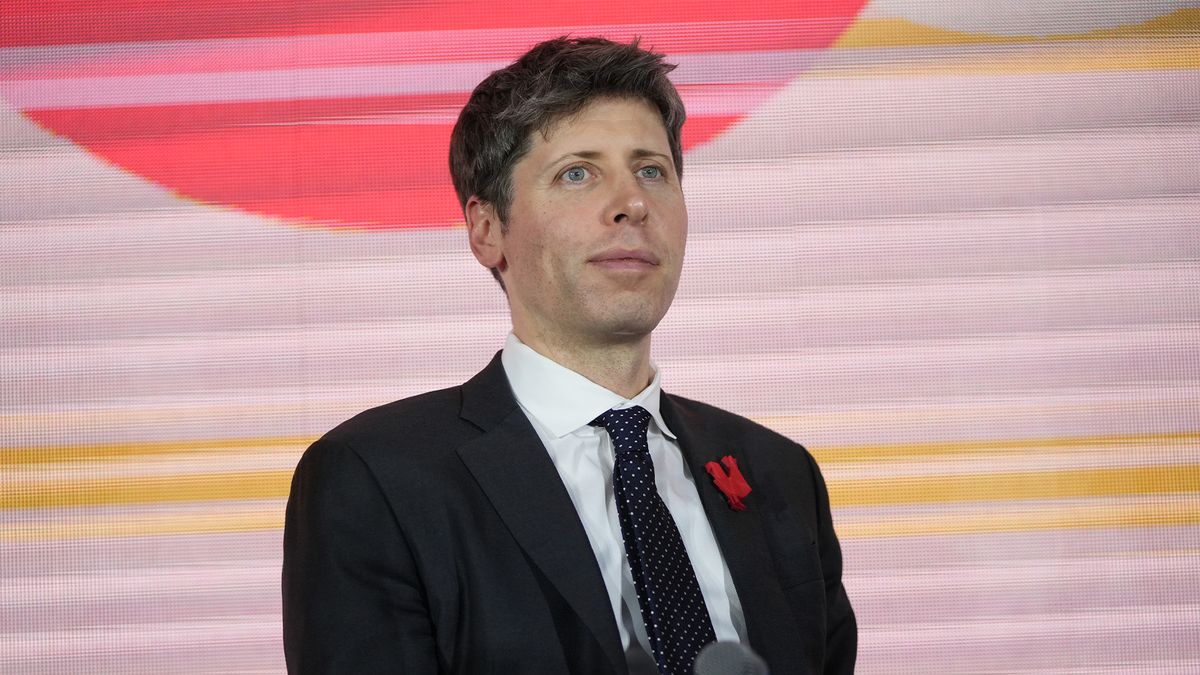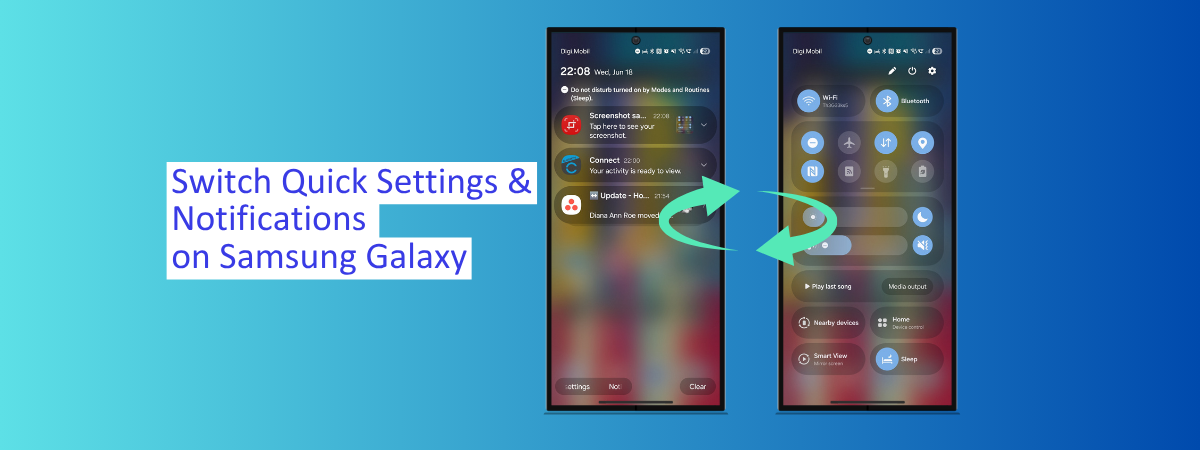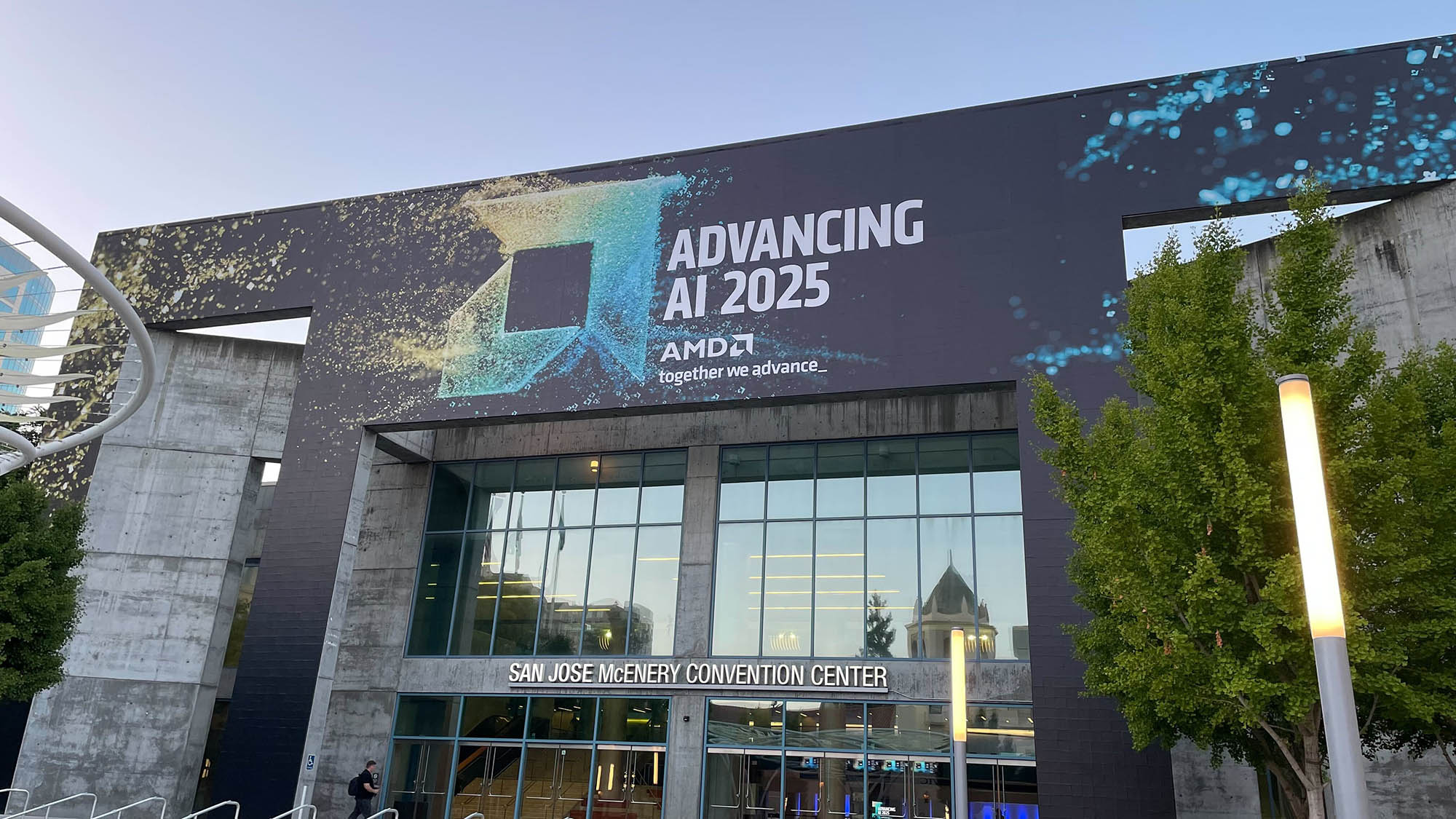Sam Altman thinks OpenAI has been on the ‘wrong side of history’ with open source, but that could all change – the DeepSeek success has prompted a rethink for big tech AI leaders

Leading technology experts have called for Western AI developers to consider shifting to open source in the wake of the DeepSeek success – and OpenAI might be among those warming to the approach.
Speaking in the wake of DeepSeek’s model release in January, OpenAI CEO Sam Altman told Reddit users he had some regrets about the company’s failure to embrace an open source model, suggesting it has been on the “wrong side of history”.
“I personally think we have been on the wrong side of history here and need to figure out a different open source strategy,” he said in a response to a question asking if OpenAI would consider releasing model weights or publishing some research.
Though Altman said the company was discussing such a move, it wasn’t top of the to-do list.
“Not everyone at OpenAI shares this view, and it’s also not our current highest priority.”
Altman’s comments came just weeks before a $97bn bid for OpenAI from a consortium of investors led by Elon Musk. While the offer has been turned down by OpenAI’s board, Musk claimed the motivation behind the bid was to guide the AI giant back to its original open principles.
“It’s time for OpenAI to return to the open source, safety-focused force for good it once was. We will make sure that happens,” Musk said in a statement.
Open source AI is all the rage
Altman isn’t the only leading figure in the AI space to acknowledge the potential benefits of open source. The sudden arrival of DeepSeek sparked a rethink for Western AI developers, in particular around the apparent success of adopting this approach.
Some industry analysts have noted it helped the Chinese company innovate rapidly and catch up with US competitors.
Yann LeCun, a leading AI researcher and Meta’s chief AI scientist, previously said DeepSeek benefited from open research and open source, adding its own new ideas “on top of other people’s work.”
Speaking at the AI Action Summit in Paris this week, LeCun said it was a “huge mistake” to shut down open source AI development to keep it out of the hands of other countries because openness allowed for faster progress.
“When you do research in secret, you fall behind,” he said, according to reports from Business Insider. “The rest of the world will go open source and will overtake you. That’s currently what’s happening.”
He noted that Europe in particular should seek to encourage open source AI because proprietary closed systems would benefit incumbents in the field.
“We cannot afford to have those systems come from a handful of companies from the West Coast of the US or China,” he added.
Also this week, former Google CEO Eric Schmidt said Western nations should build their AI using open source models or risk losing the race to China.
“If we don’t do something about that, China will ultimately become the open-source leader and the rest of the world will become closed-source,” he told the Financial Times.
Schmidt added that investing in open source would make it easier for universities to work with AI, as closed systems would become too expensive.
Hoarding doesn’t help
Peter Bloom, professor of management at the University of Essex, wrote in a piece for The Conversation that China’s success can be partially pinned on its focus on open source, which has helped create a positive feedback loop of innovation.
Many leading western providers have adopted a proprietary approach to AI solutions, which can prove restrictive for both customers and those developing models.
“While the supposedly free-market US has often prioritized proprietary models, China has built a thriving AI ecosystem by leveraging open source technology, fostering collaboration between government-backed research institutions and major tech firms,” Bloom wrote.
“This strategy has enabled China to scale its AI innovation rapidly while the US – despite all the tub-thumping from Silicon Valley – remains limited by restrictive corporate structures.”
The discussion over the open source or proprietary approach to AI has been raging in Silicon Valley for some time. Meta, which has adopted an open source approach with its Llama AI models, is one of only a few leading providers operating in this manner.
CEO Mark Zuckerberg has been highly vocal on this topic and the benefits of the company’s open source approach. Last year, he criticized AI developers taking a closed approach to the technology, insisting that AI shouldn’t be “hoarded”.
“I find it a pretty big turnoff when people in the tech industry kind of talk about building this one true AI,” Zuckerberg said in June. He noted that we’ll need multiple different types of AI, and that’s enabled by open source, not one single model.
“That’s partially why I believe so much in open source,” he added.
What actually defines open source AI?
The definition of ‘open source’ is a major point of contention, however. Despite Zuckerberg’s strong words, it’s worth noting that plenty in the industry have criticized its approach as not truly open source.
Last year, OpenUK CEO Amanda Brock commended Meta’s “direction of openness”, but said its Llama 3 model can’t truly be considered “100% open source”.
Bloom echoed these comments, highlighting this apparent hypocrisy among leading providers in the space.
“Companies such as Google and Meta, despite promoting open source initiatives, still rely heavily on closed-source strategies that limit broader access and collaboration,” he said.
Bloom added that major Chinese companies, including Huawei, Alibaba, and Tencent, are all contributing to China’s machine learning ecosystem as well as global efforts, despite their own corporate interests.
“While companies like Google and Meta promoted open source initiatives in name, they still locked key AI capabilities behind paywalls and restrictive licenses,” Bloom said. “In contrast, China’s government-backed initiatives have treated open-source AI as a national resource, rather than a corporate asset.”
MORE FROM ITPRO
Source link











